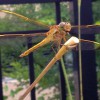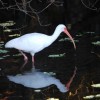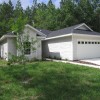Interested in conserving natural resources, such as wildlife habitat, or protecting the agricultural heritage of your land? Both federal and state governments have technical and financial assistance programs to help rural landowners achieve natural resource goals. These challenges are addressed through land rentals, technical assistance, cost-shares, and incentive payments and include both time-limited and permanent land-use options.
This 8-page fact sheet written by Chris Demers, Martin B. Main and Mark E. Hostetler and published by the UF School of Forest Resources and Conservation informs landowners about government programs available to help conserve natural resources.
http://edis.ifas.ufl.edu/fr156





